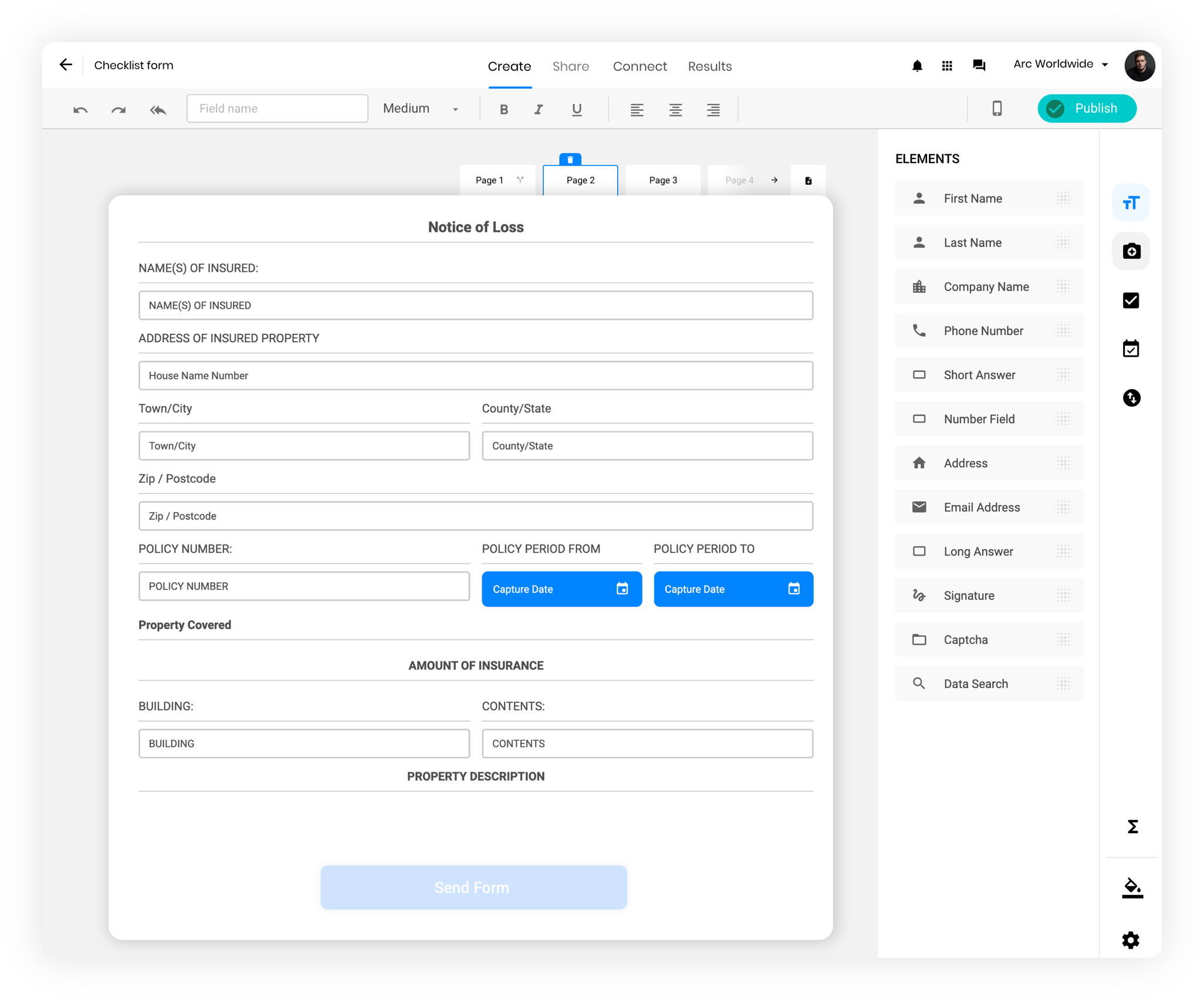

The implementation of this workflow is opinionated.

Perform JavaScript in Web Viewer - a FileMaker script step.We leveraged two key tools to fulfill our requirements:

We will now see how these these dynamic form (and interface) requirements were fulfilled in FileMaker with the help of web technologies. The interface for our Stack should be visual and dynamic Add a new Thing, and now you’ve Stacked It (Click image to open in new tab) Users can change the shape of a Thing by dragging its edges Resize a shape by grabbing and dragging (Click image to open in new tab) Users can dynamically add and edit structured data about Things Dynamically add a new field, including a label (Click image to open in new tab) Below we list these requirements and demonstrate their delivery. Stacked It is a simple app but it has some requirements that have been traditionally difficult to deliver in FileMaker. In Stacked It these Things can be physical, remembered or imaginary - anything! You add Things to a Stack, starting out as shapes, and then scroll through it at your leisure, making tweaks along the way.ĭownload the app demo file, Stacked_It.fmp12. Our dynamic web form is demonstrated in Stacked It, an app about Things. Traditional FileMaker layouts are semi-dynamic to a degree, but they lack the auto-sliding of web interfaces and have very limited animation options.Īs well as giving us access to new widgets and controls, we will see how web interfaces allow us to be specific about which controls show on layouts without worrying about running out of space, dealing with gaps between fields or a general excess of white space. When we say a form is “dynamic”, we mean that the form’s appearance can be altered at multiple points before and during the data entry process. This post shows how we can build dynamic data-entry forms for use in our apps. Using the FileMaker platform we can harness the power and wow-factor of modern web interfaces.


 0 kommentar(er)
0 kommentar(er)
